Request Your Dental Fillings Consultation
"*" indicates required fields
Tooth-Colored Fillings Chelmsford
Proudly serving Chelmsford and surrounding towns.
Tooth-colored fillings are fillings that closely resemble the original appearance of teeth. Besides their role in the restoration of teeth that are decayed or fractured, tooth-colored fillings also make a good aesthetic choice for anyone wishing to change the shape, size, and color of their teeth. Tooth-colored fillings in Chelmsford can also help close existing gaps between teeth, restore teeth that are chipped, and even out teeth to make them straighter.
Advantages of Tooth-Colored Fillings
- Mimic natural tooth appearance and color.
- The bond is chemical, so no grooves, slots or pins are necessary.
- Helps restore tooth strength.
- Hardens completely in seconds, not days like some alternatives.
- Any tooth sensitivity is minimal and brief.
Disadvantages of Tooth-Colored Fillings
- Can become stained by dark liquids or tobacco.
- Lack the strength of metal fillings.
- Can become damaged by liquids containing a high alcohol content.
- More expensive than traditional fillings.
Improving Technology
Many patients are surprised to learn that tooth-colored fillings have been around since the 1960’s. Since then, filling materials have seen constant advances in aesthetics, durability, and material handling.
Composite resin is the most widely used and versatile tooth-colored filling available today.
Placement of Tooth-Colored Fillings
In most cases, tooth-colored fillings are bonded chemically to the teeth. So the area does not always need to be numbed before the restoration is performed. If tooth decay has developed within the dentin layer of the tooth, anesthesia may be required.
After your dentist has removed the tooth decay, the tooth will be thoroughly cleaned and a primer is applied for opening pores in the enamel and dentin layers of the tooth. A bonding agent is then applied, followed by the filling material.
After your dentist has shaped the tooth-colored material to mimic the anatomy of the original tooth, it will be cured using a h2 lamp. After hardening of the filling material, your bite will be checked to ensure that your teeth are fitting together as they should. Any adjustments will be performed, followed by the polishing and smoothing of the you tooth-colored filling.
Alternatives to Tooth-Colored Fillings
The most cosmetically pleasing and long-lasting alternatives to tooth-colored fillings are inlays. These can be made from composite or porcelain. Inlays are more durable than composite and offer superior stain resistance. One drawback is that inlays are more expensive than tooth-colored fillings and require a minimum of two dental visits since a dental laboratory is involved.
Modified composite resin is one alternative to tooth-colored fillings. It consists of a polymer resin and a silica powder. Modified composite resin is not as h2 as composite, but it has the ability to release fluoride, helping with areas that are more susceptible to decay.
Glass ionomer and silicate ionomer are other alternatives. They have the ability of releasing fluoride into the tooth, strengthening it and making it more shielded against decay. The drawback is that these materials are weaker and not suitable for back teeth that require greater strength.
Your Consultation
If you would like to request additional information about tooth-colored fillings, please contact our office today to schedule your initial consultation.





